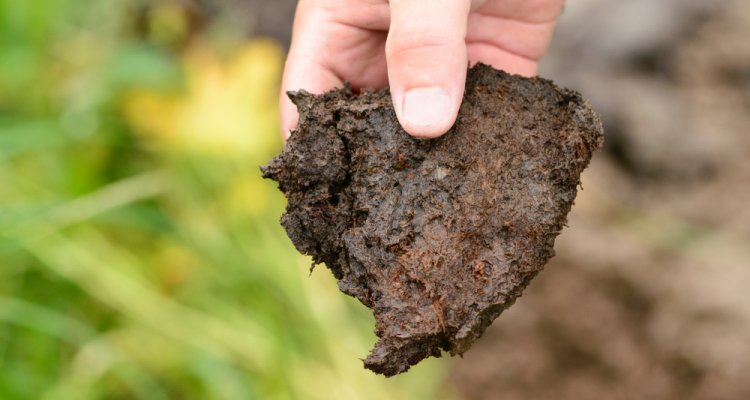
Project
Peatlands in the new circular and climate-positive production systems (GREENDEAL)
Peat soils are the most fragile soils in the Netherlands and contain the largest part of the organic matter store in Dutch soils. Decomposition of peat results in soil subsidence, loss of mineralized nutrients and high emissions of CO2 and N2O (6.9 CO2-eq Mton/jaar). The Dutch government aims to reduce emissions by 1 Mton CO2-eq/year before 2030. Because of rising sea level, the reduction of soil subsidence becomes all the more important.
Without changed policies climate change would, however, result in an increase of peat decomposition by 70% before the end of the century. To preserve peat, as much peat as possible should be below the groundwatertable. However, this will increase seepage and evaporation. Evaporation from open water is also high. Preservation of peat therefore always requires water, and the wetter the peat is, the larger will be the water use. The challenge is to preserve as much peat (and C) as possible, with efficient use of water and minimal nutirient losses. To achieve this, strategies and tools need to be developed. These tools should enable improvement, testing and verification of strategies, models and measures that use technical solutions and nature.
Abstract
The challenge is: how can peat lands be used in the new circular society? Can we calculate impacts of solutions and climate change? Our objective is to develop strategies and tools for the use of peat lands in new circular agri&food systems with efficient use of water and nutrients. Carbon losses from peat soils should be reduced.
Field trials will be included. Deliverables are strategies and tools enabling reduction of water and nutrient losses and for C storage in peat soils.
In the project we will improve the combined water model SWAP and nutrient model Animo with modules to calculate GHG’s and subsidence of peat soils. To gain knowledge for this we will expand field experiments with submerged drains with extra measurements and find out more about the processes and peat soil properties in column and laboratory experiments. We combine this project with the NWO/NWA project LOSS and several other peat soil projects to get deeper into the fundamentals of the processes governing peat oxidation. For shallow peat soils we will make an inventory of possible solutions including rigorous solutions like mixing the upper peat soil layer into the upper 1 meter, burying the peat layer by inversion of the soil profile and options for other agricultural land use.
Publications
-
Uitwerking boerderijvarianten op economie en broeikasgasemissies : Klimaatbestendige akkerbouw op veengronden
Wageningen: Wageningen Plant Research (Rapport / Stichting Wageningen Research, Wageningen Plant Research, Business unit Open Teelten WPR-854) -
Naar klimaatbestendige agrarische bedrijven op veen en moerige gronden in de Veenkoloniën
Wageningen: Wageningen Plant Research (Rapport / Stichting Wageningen Research, Wageningen Plant Research (WPR), Business unit Open Teelten WPR 825) -
Klimaatbestendige akkerbouw op veengronden : Uitwerking boerderijvarianten op economie en broeikasgasemissies
Wageningen: Wageningen Plant Research -
Evaluation of 50 years subsidence monitoring of a peat meadow parcel to compare several methods to determine CO2 -emissions
-
Waterinfiltratie met drukdrains en greppels voor veenbehoud en emissiereductie : Deelonderzoek ‘natte veeteelt’ in het Innovatie Programma Veen (2018-2021)
Wageningen: Wageningen Livestock Research (Rapport / Wageningen Livestock Research 1345) -
Statistische analyse veldexperimenten waterinfiltratiesystemen in het westelijke veenweidegebied van Nederland : Rapportage veldonderzoeken die hebben plaatsgevonden in de periode 2004-2021
Wageningen: Wageningen Livestock Research (Rapport / Wageningen Livestock Research 1347) -
Monitoring long-term peat subsidence with subsidence platens in Zegveld, The Netherlands
Geoderma (2024), Volume: 450 - ISSN 0016-7061 -
Monitoring long-term peat subsidence with subsidence platens in Zegveld, The Netherlands
-
Zakplaatjes en C-profielen: een methode om de C-voorraad en CO2-emissies van veengronden te bepalen
Wageningen: Wageningen Environmental Research (Rapport / Wageningen Environmental Research 3347)